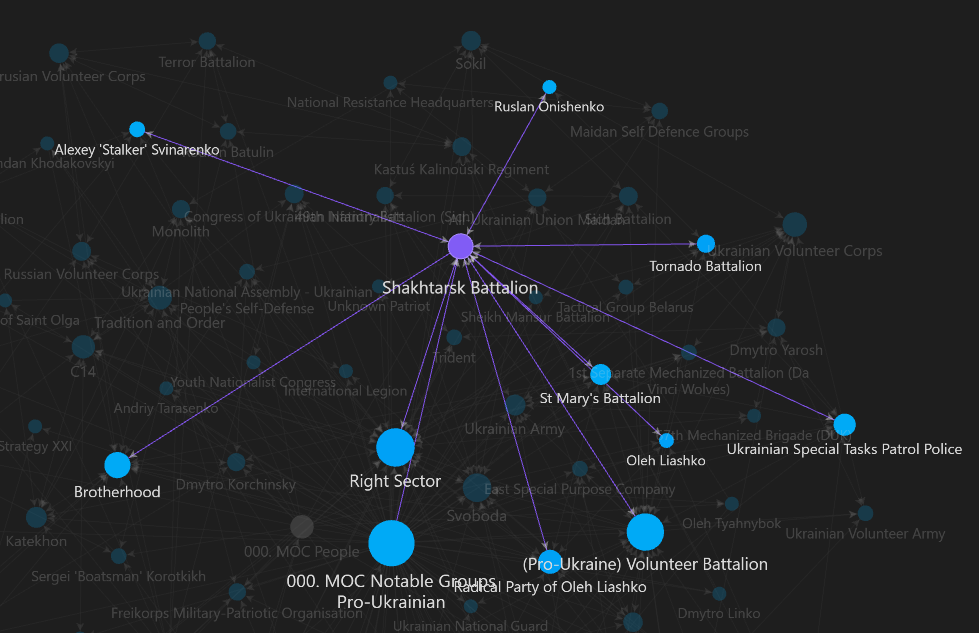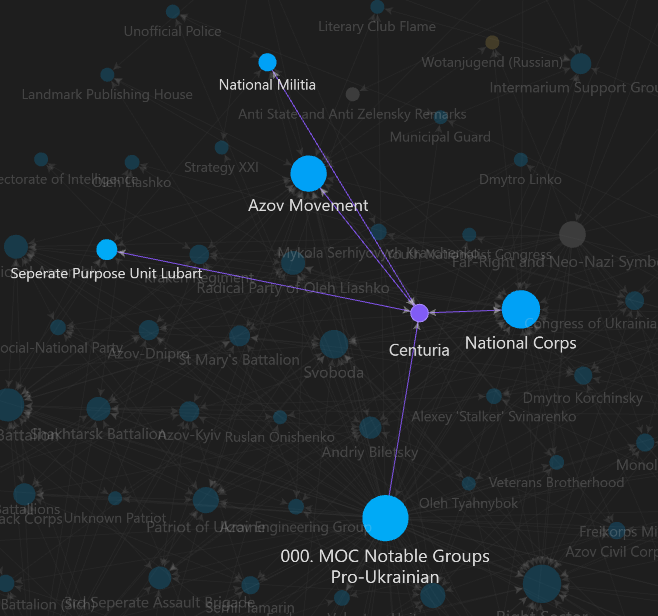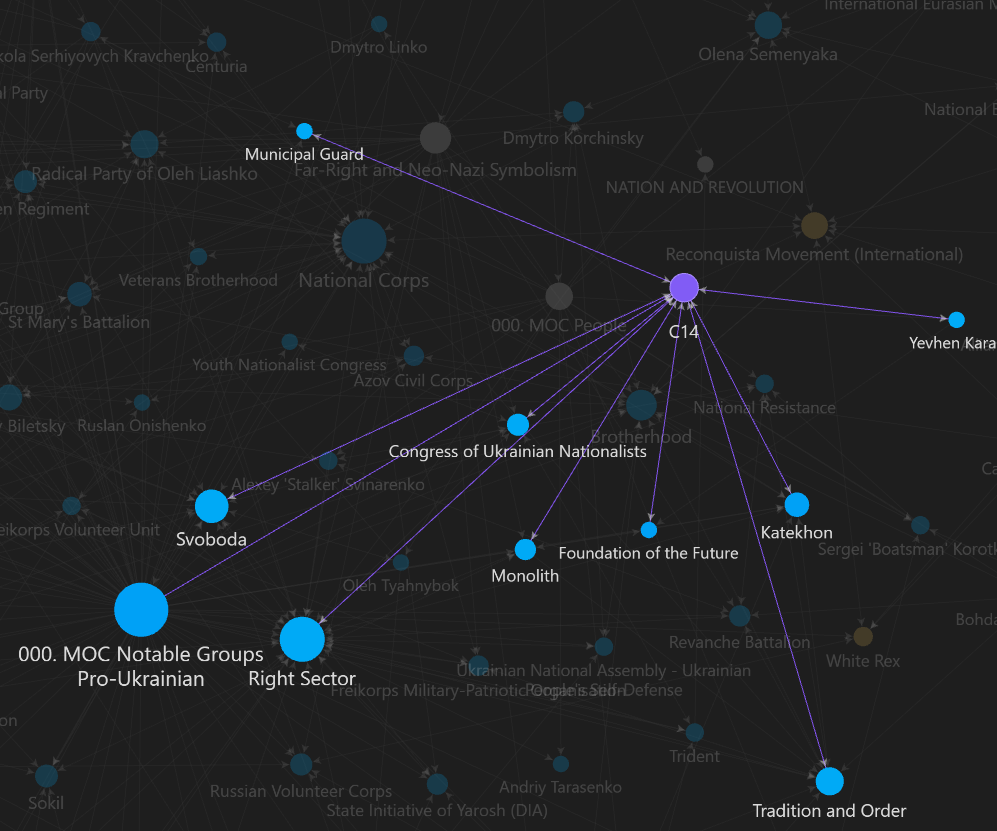Previous Subchapter → 4.4 Ukraine’s Wider Far Right
While the representative battalions of these far right parties are fighting on the front lines of the war, these partisan bands of hooligans have also been used for a different purpose. Take for example, Oleh Liashko.
You see, Svoboda and the State Initiative of Yarosh aren’t the only parties who recognized the power of owning or sponsoring a militia, Liashko is the founder of the “Radical Party of Oleh Liashko”, and he’s a lawmaker who likes to take matters into his own hands.
Liashko was an early supporter of the volunteer battalion movement, having been an early backer of the Azov Battalion and a founder of the Shakhtarsk Battalion, which was responsible for various abductions, killings, acts of intimidation and general vigilantism in eastern Ukraine, acts that Liashko often bragged about on social media and his website, Liashko had a habit of using his vigilantism as a PR stunt, tagging along and inserting himself into various operations and recording video evidence of his involvement.
Shakhtarsk was later disbanded and reformed into a unit called the Tornado Battalion, which was also eventually disbanded after becoming infamous for various cases of misconduct, particularly looting, but also far more serious cases including sex crimes and torture, although the Battalion was never reformed, Tornado members were later released after the 2022 invasion and allowed to rejoin the war effort, an act President Zelensky explained as prisoners “compensating for their guilt” by fighting in the “hottest spots” of the war.

Liashko’s M.O. was essentially organising a quid-pro-quo relationship with early volunteer battalions, he would support them with weapons and in exchange he got to use them for propaganda, portraying himself as a patriot on the front lines, some volunteer battalion affiliates from Azov, Right Sector, and other groups even took this relationship further by acting as representatives for the party in elections, even Dmytro Korchinsky’s wife, Oksana Korchynska, acted as one of these representatives.
These actions caught the attention of Amnesty International, who reported that Liashko and his gang of thugs were committing acts of vigilante (in)justice with impunity, calling out the fact that there was no “due process” present in any of the abductions Liashko ordered or participated in and noting that if his actions went unpunished it would set a precedent that any self absorbed MP or dubious party could have their own gang of mercenaries and do with them as they pleased.
And Amnesty’s prediction ended up coming true. The National Corps later copied Liashko’s model, creating a paramilitary branch they called the “National Militia”, to control the streets, this is something that massively unnerved Ukrainian human rights analysts at an organisation called the Kharkiv Human Rights Protection Group, who noted that the National Corps’ intolerance towards political rivals as well as ethnic and sexual minorities made them “strange partners” for Ukraine’s law enforcement agencies.
The National Militia later disbanded and reformed as a new organisation known as “Centuria”, continuing their vigilante activity and gaining influence within Ukrainian military units.

In their article on this issue, the KHPG also noted that another group has also taken on the role of vigilante justice, the Svoboda party’s youth wing “C14”.
C14 was a group led by a certain Yevhen Karas and is like National Corps is considered to be a hate group by the US Authorities, understandably so given that even something as basic as their name is Nazi code, the “14” is a reference to the “14 words”, an ethno-nationalist slogan of Neo-Nazi David Lane.
The group would often disrupt parades, act as a street gang for hire and also terrorise minorities, despite all the violence the grouping partook in, not much if anything was done against it, in fact quite the opposite.
According to the KHPG, C14 affiliates were given official contracts from some regional governments in Ukraine to act as a kind of unofficial police force, forming an organisation they called the “Municipal Guard” to do the job.
Similar to the National Militia, the group later reformed itself and rebranded, in C14’s case they became an organisation known as “Foundation of the Future” in early 2020, the group is still active today.
